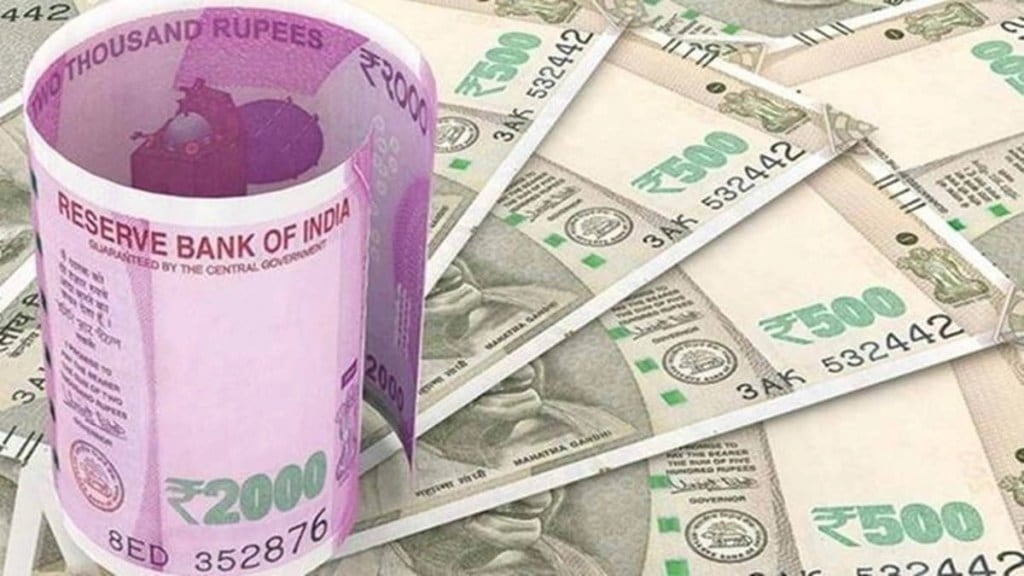India sought to promote settlement of trade transactions in rupees last July to facilitate more trade with Russia (and neighbours like crisis-ridden Sri Lanka) that is facing punitive US-led sanctions for its ongoing war in Ukraine. At a time when its sourcing of deeply-discounted Russian oil, coking coal, and defence equipment is on the rise, the expectation was that the settlement of a part of India’s growing import bill in rupees would ease the strains on its current account or goods and services trade with the rest of the world.
The rupee-rouble trading arrangement has since been put in place with the RBI approving the opening of special vostro accounts by more banks for settling cross-border trade in the Indian currency. But the remarks of Russia’s foreign minister Sergey Lavrov, on the sidelines of the recent meeting of the council of foreign ministers of the Shanghai Cooperation Organization in Goa, cast doubts on the future of this arrangement. Lavrov admitted that Russia’s huge accumulation of rupees has become “a problem”, that to use this money, it has to be transferred to another currency. This statement came a day after a Reuters report indicated that efforts by both nations to settle bilateral trade in rupee-rouble have been suspended. Although both nations denied the report, Lavrov’s remarks add grist to the speculation regarding the prospects of India’s efforts to settle trade in local currencies.
Russia’s “problem” with the accumulation of rupees stems from the boom in India’s imports from that country after the war in Ukraine began last February. This burgeoned to $51.3 billion in early April from $10.6 billion due to India’s growing reliance on deeply-discounted Russian oil despite the efforts of western nations to discourage it and the imposition of price caps. India’s oil imports ballooned to 1.63 million barrels per day in April—accounting 34.5% of the country’s oil imports—up from 69,000 b/d in March 2022 according to energy cargo tracker Vortexa. This growing reliance has come at the expense of India’s traditional sources of energy supplies such as OPEC.
As India’s exports to Russia fell to $3.43 billion from $3.61 billion over this period, it now has a substantial bilateral trade deficit. India also has outstanding rouble payments worth Rs 28,000 crore against weapons delivered by Russia. Settlement of these transactions in rupees is problematic for Russia as it is not convertible when it needs hard currency revenues to fund its war in Ukraine. Due to the widening ambit of western sanctions, Moscow is moving away from the US dollar to sell commodities abroad and prefers the Chinese yuan or UAE’s dirham. The fact that the rupee does not figure in these plans is not good news for rupee-rouble trade.
In this milieu, Russia and India obviously need to discuss the modalities for settling their bilateral trade. India, for its part, has been paying for some consignments of Russian oil in dirhams and in dollars using third party countries. But there will be problems with the sanctions regime if oil prices breach the cap of $60 a barrel. Looking ahead, India must push the global acceptance of the rupee through its inclusion in the continuous linked settlement initiative which provides protection for cross-currency settlement in 18 currencies if its efforts to settle trade transactions in local currencies is to gain traction.

